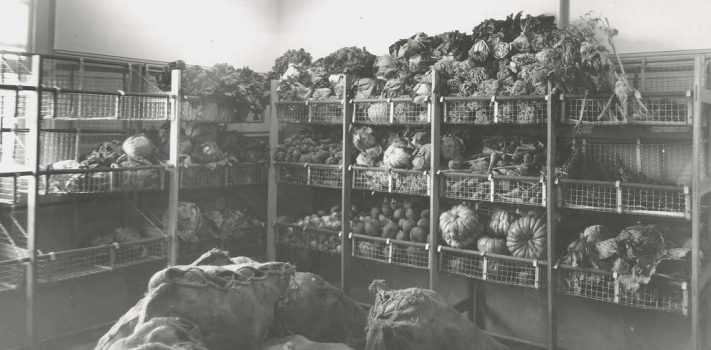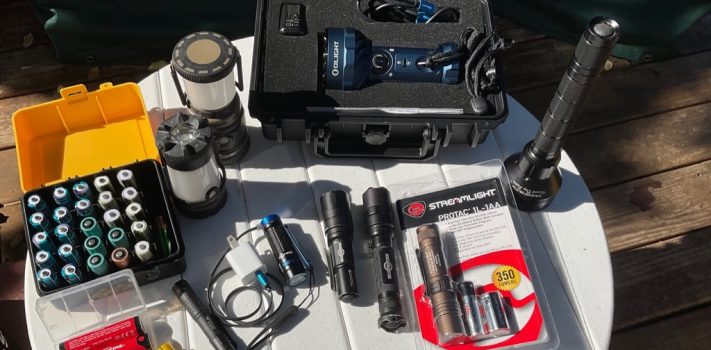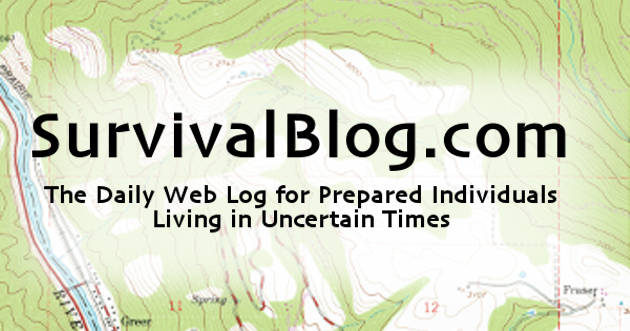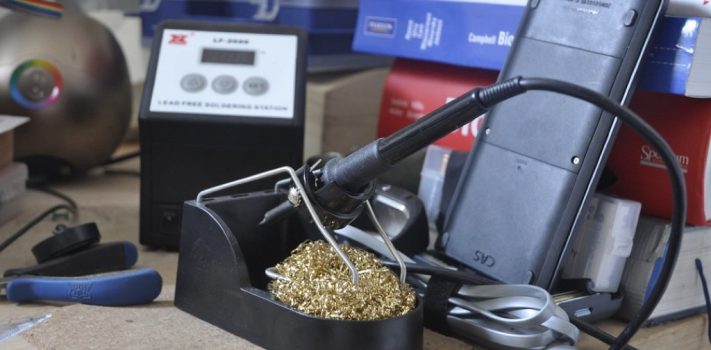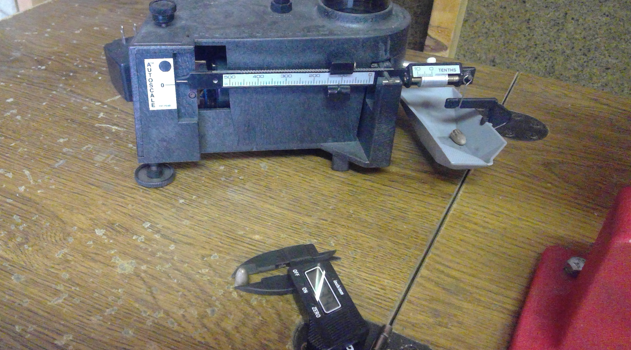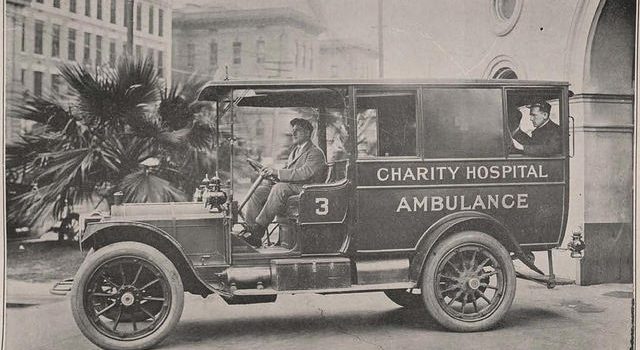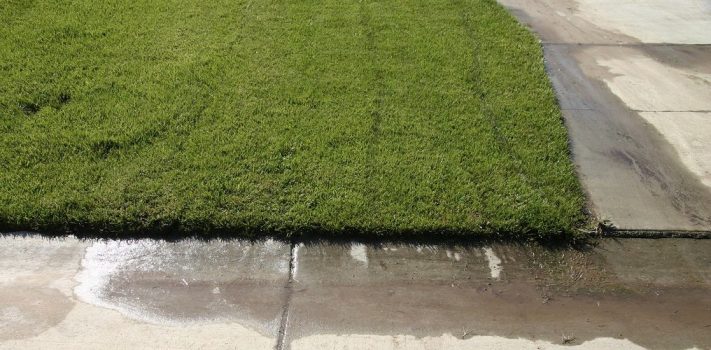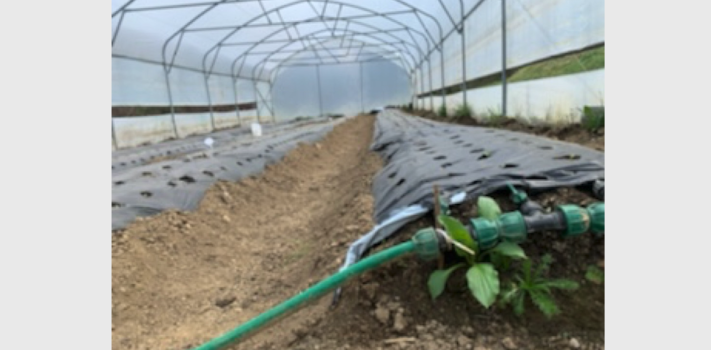Food As Currency, by SwampFox
The following is intended as an intellectual exercise. Our nation has been the victim of the slide toward globalism over the last couple of decades. We still retain our independent Dollar, but for how long? The European Union has a unified currency that is a model for the rest of the world. There have been attempts at an Asian currency as well as a North American currency, which was briefly titled the “Amero” and even heralded by a short-lived government website, back around 2007-2008. But there is one thing that unites all humans – the need to eat. My thoughts …

